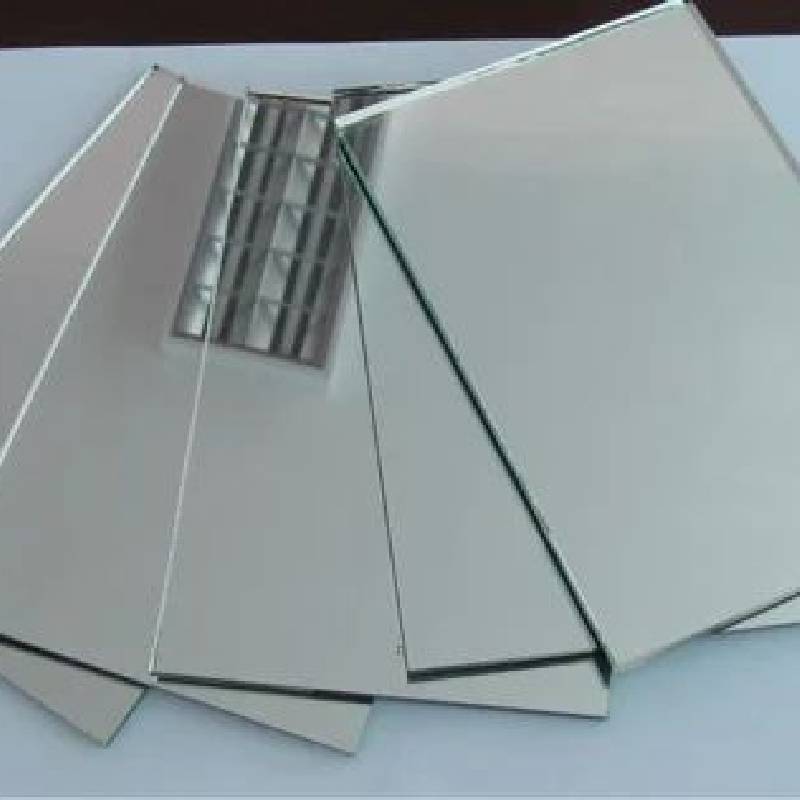

Understanding Low Emissivity Glass A Modern Solution for Energy Efficiency
In recent years, energy efficiency has become a top priority for architects, builders, and homeowners alike. Among the many innovations aimed at reducing energy consumption and improving comfort in buildings, low emissivity (low-e) glass has emerged as a game-changer. This article explores what low-e glass is, how it works, and its benefits for both residential and commercial applications.
Low-e glass is a type of energy-efficient glass that has a special coating designed to reflect infrared radiation while allowing visible light to pass through. This coating is applied to one or more surfaces of the glass, significantly enhancing its thermal performance. The fundamental principle behind low-e glass is its ability to minimize the amount of heat that escapes from a building during colder months while limiting heat gain during warmer months.
Understanding Low Emissivity Glass A Modern Solution for Energy Efficiency
One of the most significant advantages of low-e glass is its ability to enhance energy efficiency. By reducing the amount of heat transfer through windows, low-e glass helps maintain a comfortable indoor temperature, lowering the need for heating and cooling systems. This energy efficiency translates to reduced utility bills, making it an attractive investment for homeowners and businesses. In commercial spaces, this can lead to significant operational cost savings over time.

Moreover, low-e glass contributes to sustainability efforts. By decreasing energy consumption, buildings become less reliant on fossil fuels, which not only lowers carbon emissions but also reduces the environmental impact of energy production. As more jurisdictions implement stringent energy codes and sustainability requirements, incorporating low-e glass into new construction or renovation projects is increasingly seen as a necessity rather than an option.
In addition to energy efficiency, low-e glass offers enhanced comfort for occupants. Traditional glass windows can result in uncomfortable hot and cold spots near the glass surface, leading to discomfort and potential health issues. Low-e glass mitigates these temperature fluctuations, providing a more consistent indoor climate. Furthermore, it reduces glare and UV radiation, protecting furniture, flooring, and artwork from fading while ensuring occupants enjoy natural light without compromising comfort.
Low-e glass is also versatile and can be integrated into various window styles, including casement, sliding, and fixed windows. Its aesthetic appeal, coupled with its energy-saving properties, has made it a preferred choice in modern architecture. Builders and designers can create large expanses of glass that enhance the visual appeal of a building while still adhering to energy efficiency standards.
In summary, low emissivity glass stands out as a pivotal innovation in the realm of energy-efficient building materials. With its ability to minimize heat transfer, enhance indoor comfort, and contribute to sustainability goals, it provides an effective solution for reducing energy consumption in both residential and commercial settings. As the demand for eco-friendly architecture continues to rise, low-e glass is poised to play a significant role in shaping the future of building design. By investing in low-e glass, property owners not only improve their immediate living or working conditions but also contribute to a larger movement toward energy efficiency and environmental responsibility.